Modification Excavator High Altitude Demolition Arm Parts
In the world of construction and demolition, the excavator high altitude demolition arm has revolutionized the way we approach tall structure dismantling. This specialized equipment allows for precise, controlled demolition of high-rise buildings, making the process safer and more efficient. In this comprehensive guide, we'll explore the intricacies of modifying excavators for high-altitude demolition work, focusing on three crucial aspects: hydraulic oil circuit modification, demolition arm adaptation, and attachment modifications.
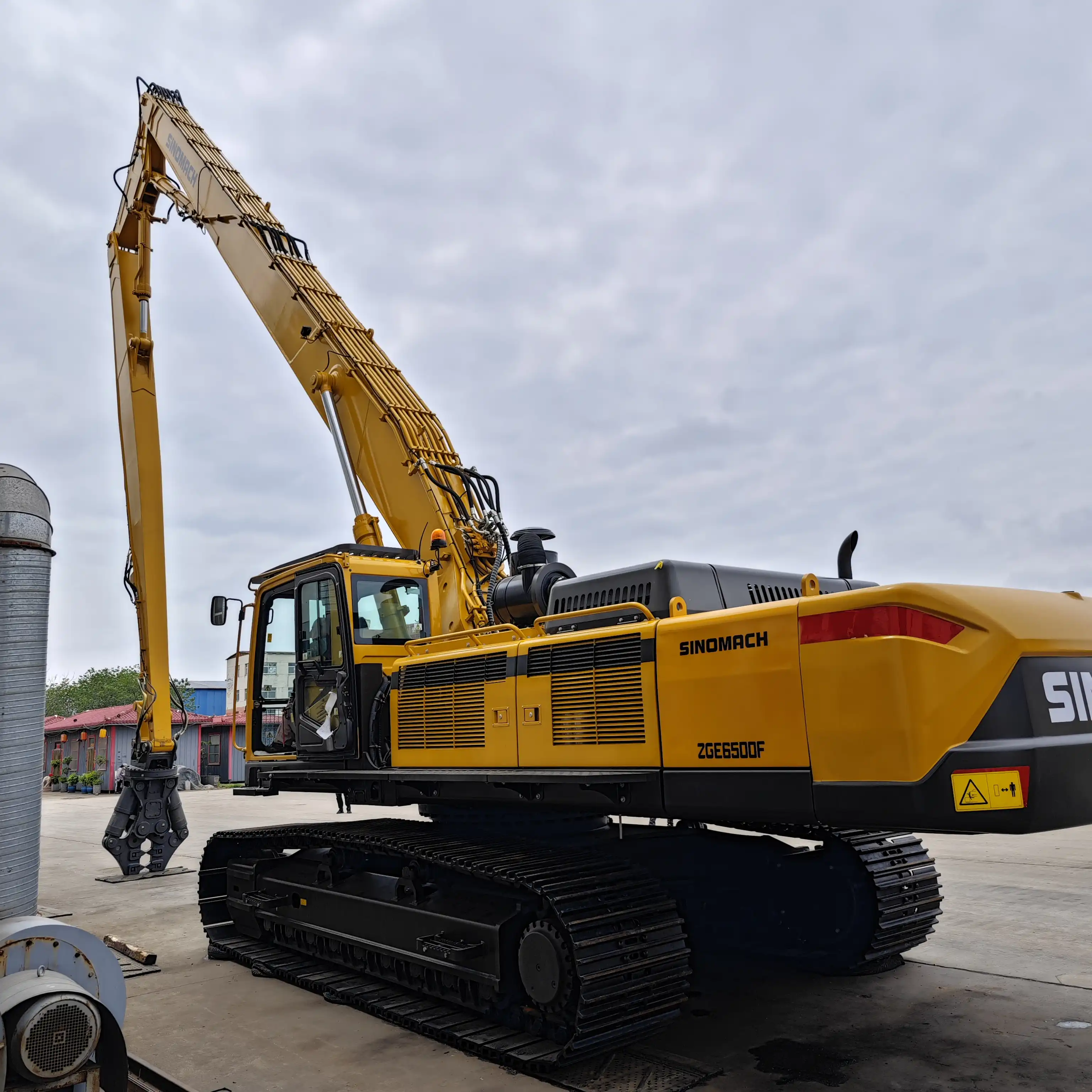
Hydraulic Oil Circuit Modification: The Lifeblood of High-Altitude Demolition
The hydraulic system is the heart of any excavator, and when it comes to high-altitude demolition work, its importance cannot be overstated. Modifying the hydraulic oil circuit is a critical step in transforming a standard excavator into a high-reaching demolition powerhouse.
The primary goal of hydraulic circuit modification is to ensure that the extended arm receives adequate oil flow and pressure to operate efficiently at great heights. This often involves upgrading the main hydraulic pump to increase oil flow capacity. Additionally, larger diameter hoses and pipes may be installed to reduce pressure loss and maintain optimal performance throughout the extended reach.
Another crucial aspect of hydraulic modification is the integration of a more sophisticated control system. This allows for precise control of the demolition arm, which is essential when working at extreme heights. Advanced hydraulic valves and electronic controls are often implemented to provide operators with finer control over arm movements and attachments.
Safety is paramount in excavator high altitude demolition arm, and the hydraulic system plays a vital role here as well. Modifications often include the addition of load-holding valves and counterbalance valves. These components prevent sudden arm drops in case of hydraulic failure, ensuring the safety of both the operator and surrounding structures.
It's worth noting that the hydraulic oil itself may need to be upgraded to a high-performance variety that can withstand the increased demands of high-altitude work. These specialized fluids offer improved wear protection and thermal stability, contributing to the longevity and reliability of the modified excavator.
Modification of the Demolition Arm: Reaching New Heights
The demolition arm is the defining feature of a high-altitude excavator, and excavator high altitude demolition arm modification is a complex process that requires careful engineering and precision manufacturing. The goal is to create an arm that can reach great heights while maintaining stability and strength.
Typically, a high-altitude demolition arm consists of three main sections: the boom, the stick, and the jib. Each section must be carefully designed to balance reach and strength. High-strength steel alloys are often used in the construction of these arms to provide the necessary durability without excessive weight.
One of the key challenges in demolition arm modification is managing the center of gravity. As the arm extends, it creates significant leverage that can destabilize the excavator. To counteract this, engineers often incorporate counterweights into the design. These weights are strategically placed to balance the extended arm and maintain the machine's stability during operation.
Another crucial aspect of arm modification is the integration of advanced hydraulic cylinders. These cylinders must be capable of extending and retracting the arm smoothly and precisely, even when fully loaded. Often, specialized long-stroke cylinders are used to achieve the necessary reach.
The joints between arm sections are also critical components that require careful consideration. These joints must be robust enough to withstand the stresses of demolition work while allowing for smooth, controlled movement. Advanced bearing systems and reinforced pivot points are typically employed to ensure durability and precision.
Finally, the arm modification process often includes the integration of advanced sensors and monitoring systems. These technologies allow operators to monitor the arm's position, load, and stability in real-time, enhancing both safety and efficiency.
Attachment Modification: Tailoring Tools for the Task
The effectiveness of a excavator high altitude demolition arm is not just about reach; it's also about having the right tools for the job. Attachment modification is the final piece of the puzzle in creating a versatile and efficient demolition machine.
One of the most common attachments for high-altitude demolition is the hydraulic shear. These powerful cutting tools are designed to slice through steel beams and reinforced concrete. When modifying shears for high-altitude work, engineers focus on reducing weight while maintaining cutting power. This often involves the use of high-strength, lightweight materials and optimized hydraulic systems.
Breaker hammers are another essential tool in the demolition arsenal. These attachments are used to break up concrete and other hard materials. For high-altitude work, breaker hammers need to be modified to operate efficiently at extended reaches. This often involves adjustments to the hydraulic system to maintain optimal impact force even when the arm is fully extended.
Buckets, while seemingly simple, also require modification for high-altitude work. Engineers design specialized demolition buckets with reinforced edges and teeth to withstand the rigors of demolition work. These buckets are often equipped with hydraulic thumbs to provide better grip and control when handling debris at height.
One of the challenges in attachment modification is creating a quick-change system that allows operators to switch between different tools efficiently. Advanced hydraulic quick-couplers are often integrated into the arm design, allowing for rapid attachment changes without the need for the operator to leave the cab.
It's also worth noting that attachment modification isn't just about the tools themselves, but also about how they interface with the excavator's control systems. Advanced sensor systems are often integrated into the attachments, providing real-time data on tool performance and wear. This information can be fed back to the operator's display, allowing for more efficient and precise operation.
Lastly, weight management is a crucial consideration in attachment modification. Every pound added to the end of the extended arm has a multiplied effect on the machine's stability. Therefore, engineers strive to optimize attachment designs for the best balance of performance and weight.
High Altitude Demolition Arm For Sale
The high-altitude demolition arm represents a significant advancement in demolition technology, offering unprecedented reach, precision, and safety. The modification process, encompassing hydraulic systems, arm design, and attachment customization, transforms standard excavators into specialized demolition machines capable of tackling even the most challenging high-rise structures.
The three-section demolition arm from Tiannuo Machinery is a prime example of this technology in action. Designed primarily for the demolition of high-rise buildings, this versatile system can be equipped with hydraulic shears, breaker hammers, buckets, and other efficient attachments. The modification process, as we've discussed, involves three key areas: hydraulic oil circuit modification, demolition arm adaptation, and attachment customization.
If you're in the market for a high-altitude demolition arm and seeking a reliable manufacturer, we invite you to reach out to our team at Tiannuo Machinery. Our experts are ready to assist you in finding the perfect solution for your demolition needs. Please feel free to contact our manager at arm@stnd-machinery.com, or reach out to our team members at rich@stnd-machinery.com and tn@stnd-machinery.com. We look forward to helping you elevate your demolition capabilities to new heights.
References:
- Hydraulic Institute. (2021). Pump Systems Optimization Guidebook.
- Merritt, H. E. (1967). Hydraulic Control Systems. John Wiley & Sons.
- Manring, N. (2005). Hydraulic Control Systems. John Wiley & Sons.
- Murrenhoff, H. (2012). Fundamentals of Fluid Power. RWTH Aachen University.
- American Institute of Steel Construction. (2017). Steel Construction Manual, 15th Edition.
- Erbatur, F., & Sağlamer, A. (2002). Stability of Excavators. Construction and Building Materials.
YOU MAY LIKE
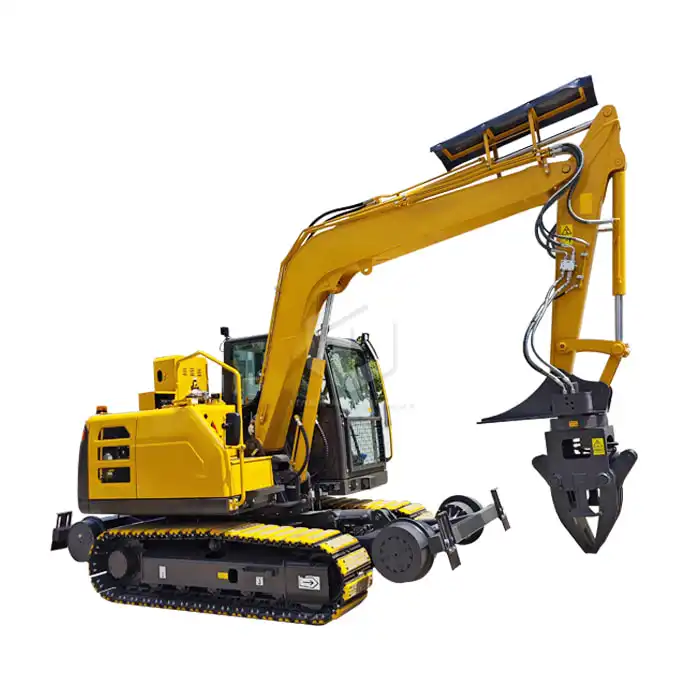 VIEW MORERailway Sleeper Changer
VIEW MORERailway Sleeper Changer VIEW MOREDegree Rotating Hydraulic Tilt Ditching Bucket
VIEW MOREDegree Rotating Hydraulic Tilt Ditching Bucket_1733877348138.jpg) VIEW MORELoader Tire Protection Chain
VIEW MORELoader Tire Protection Chain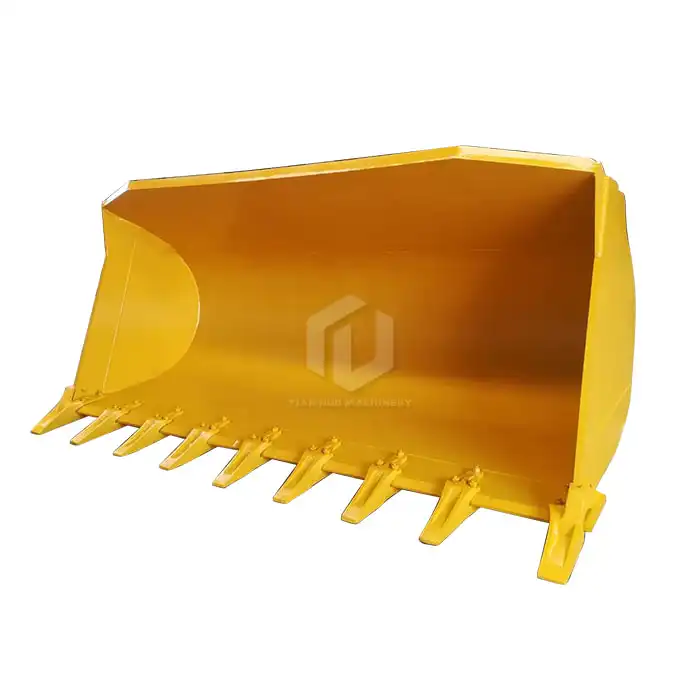 VIEW MOREFront Loader Bucket
VIEW MOREFront Loader Bucket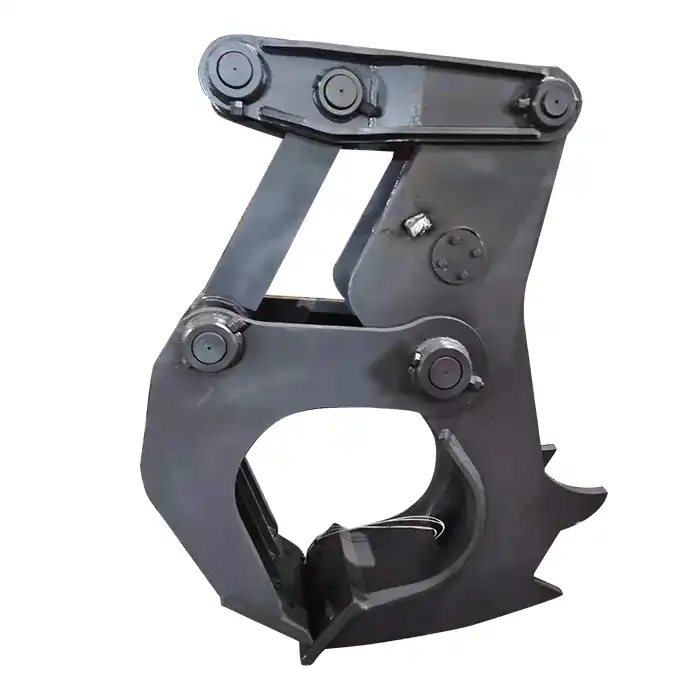 VIEW MOREExcavator Wood Splitter
VIEW MOREExcavator Wood Splitter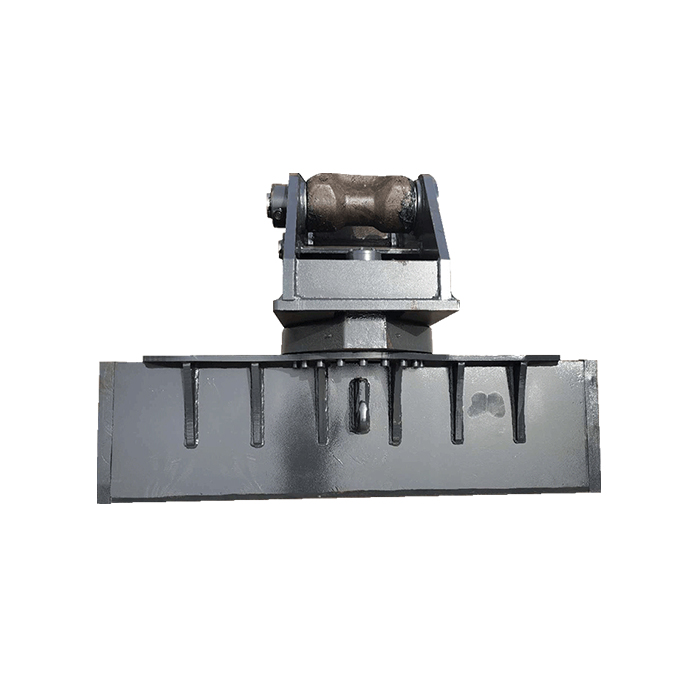 VIEW MOREExcavator Rotating Scraper
VIEW MOREExcavator Rotating Scraper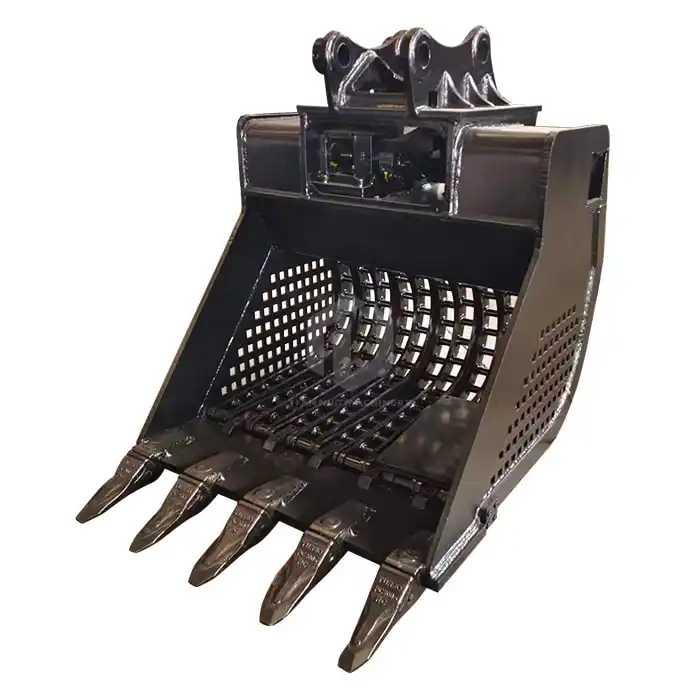 VIEW MOREExcavator High Frequency Screening Bucket
VIEW MOREExcavator High Frequency Screening Bucket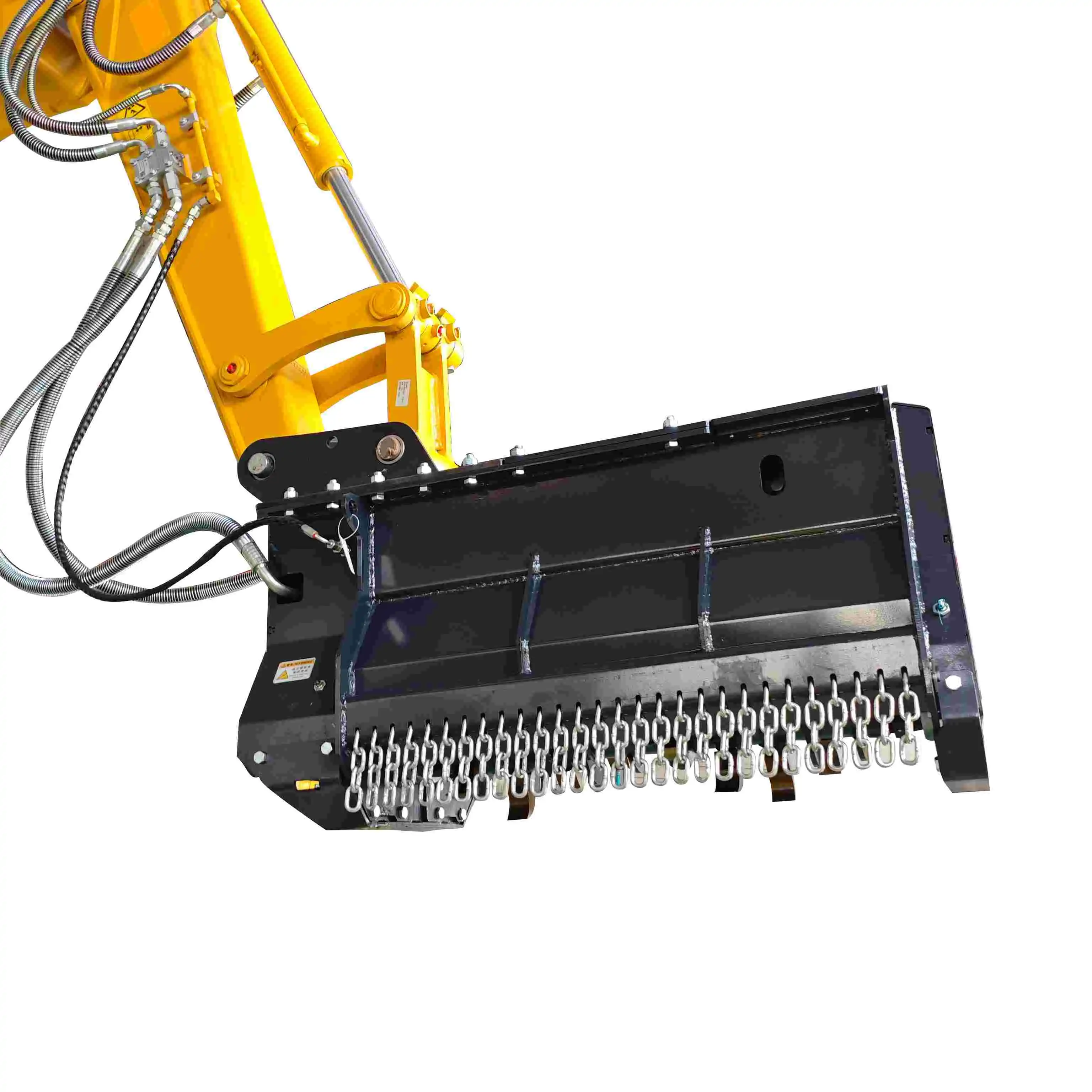 VIEW MOREExcavator Brush Cutter
VIEW MOREExcavator Brush Cutter

